Delving into the culinary world of the 1st century offers a fascinating journey through time, revealing a diverse range of dishes and culinary techniques that have influenced and shaped the way we eat today. While the specific dishes may have evolved over the centuries, the flavors, ingredients, and cooking methods of the 1st century offer a unique glimpse into the past.
(1) Roman Garum: Roman Garum, a staple of ancient Roman cuisine, was a savory fish sauce meticulously crafted from fermented fish, brine, and aromatic herbs and spices. This pungent condiment played a pivotal role in enhancing the flavor of a myriad of Roman dishes, much like contemporary condiments. It provided an umami-rich, salted complexity, elevating the taste of everything from meats and stews to vegetables. While today’s condiments may differ in composition, the concept of using a flavorful sauce to elevate culinary creations remains a shared thread across millennia, connecting modern palates with the gastronomic traditions of ancient Rome.
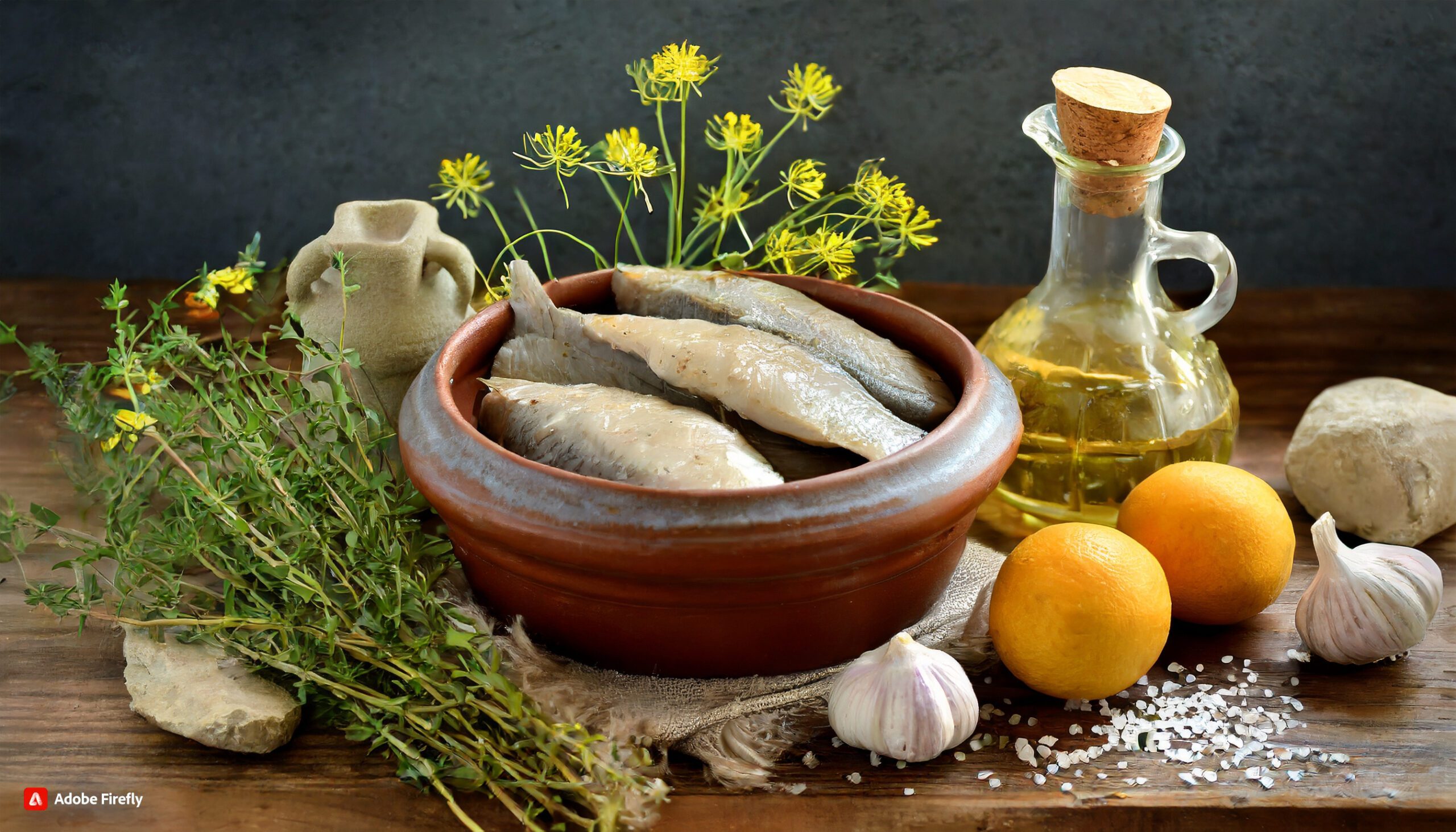
(2) Roasted Wild Game: During the 1st century, the Roman elite relished an array of game meats, including succulent wild boar, tender deer, and flavorful hare. These prized meats were expertly roasted, a culinary tradition that persists today, and seasoned with a fragrant medley of herbs like thyme, oregano, and coriander. This preparation not only highlighted the natural flavors of the wild game but also showcased the Romans’ gastronomic sophistication. Roasted to perfection, these dishes offered a tantalizing blend of textures and aromas, forming a testament to the enduring appeal of well-prepared, herb-seasoned meats that has transcended centuries.
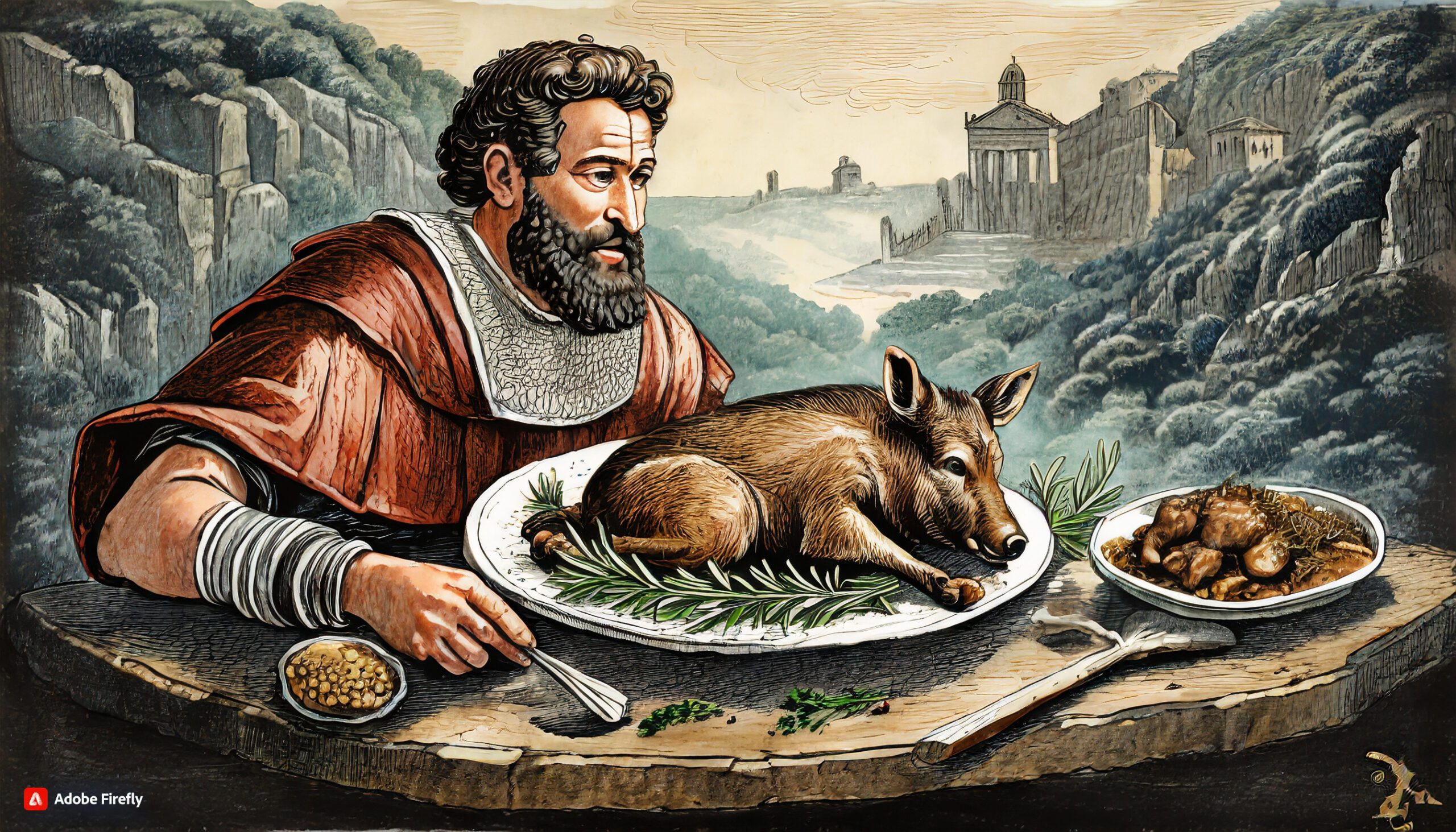
(3) Honeyed Desserts: In the 1st century, honey reigned as a ubiquitous sweetener in the ancient world. Desserts of that era often featured a delightful array of pastries, cakes, and succulent fruits lovingly soaked in this golden nectar. The allure of these honeyed delights lay not only in their sweetness but also in the rich, aromatic undertones that honey imparted. From the bustling streets of Rome to the furthest corners of the ancient world, these confections and fruits served as the ultimate indulgence, satisfying cravings for sweetness and leaving an indelible mark on the history of culinary delights, a timeless testament to the enduring allure of honeyed treats.

(4) Roman Bread: Bread was the cornerstone of sustenance in the 1st century, and the Romans boasted an intricate mastery of bread-making. This staple, however, unveiled a socio-economic divide: the affluent relished the refinement of finely ground flour, yielding soft, airy loaves, while the less privileged turned to coarser grains, resulting in heartier, more robust bread. Bread, a symbol of sustenance and social distinction, transcended class boundaries, uniting ancient Romans in the universal act of breaking bread. Today’s diverse world of bread is a testament to the enduring legacy of these ancient techniques, reminding us of a shared love for this age-old dietary staple.
(5) Ancient Spices: The 1st century witnessed the flourishing trade of precious spices like cumin, coriander, and saffron, highly prized for their aromatic richness and flavor-enhancing qualities. These ancient flavors permeated diverse dishes, infusing them with an exquisite depth of taste. Their historical significance persists today, as they remain indispensable in modern culinary practices. Cumin’s earthy warmth, coriander’s citrusy zest, and saffron’s luxurious hue all serve as a testament to the timeless allure of these spices. Their legacy endures, weaving a thread that connects our contemporary culinary experiences with the rich tapestry of flavors from the bygone era of ancient spices.
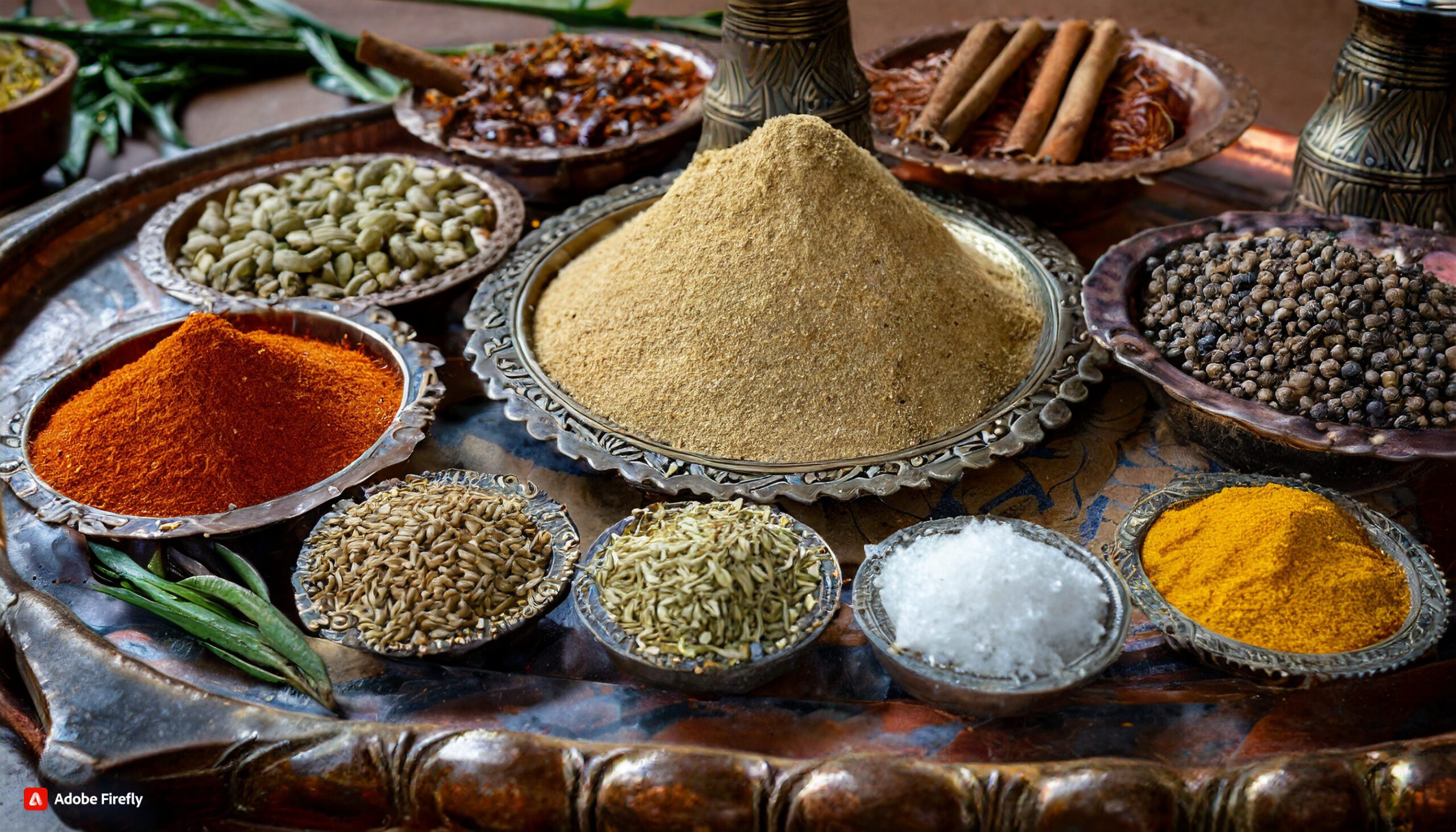
(6) Barley Porridge: Barley, a ubiquitous grain in antiquity, was transformed into a nourishing staple – hearty barley porridge. This humble yet sustaining dish was the bedrock of many ancient diets, offering sustenance and a reliable source of energy. The unpretentious charm of barley porridge lay in its versatility; from the bustling streets of Rome to distant corners of the ancient world, it was embraced as a filling, dependable comfort food. Today, this ancient grain still echoes in modern cuisine, a testament to the enduring appeal of simple, wholesome fare that has provided sustenance and satisfaction for generations.
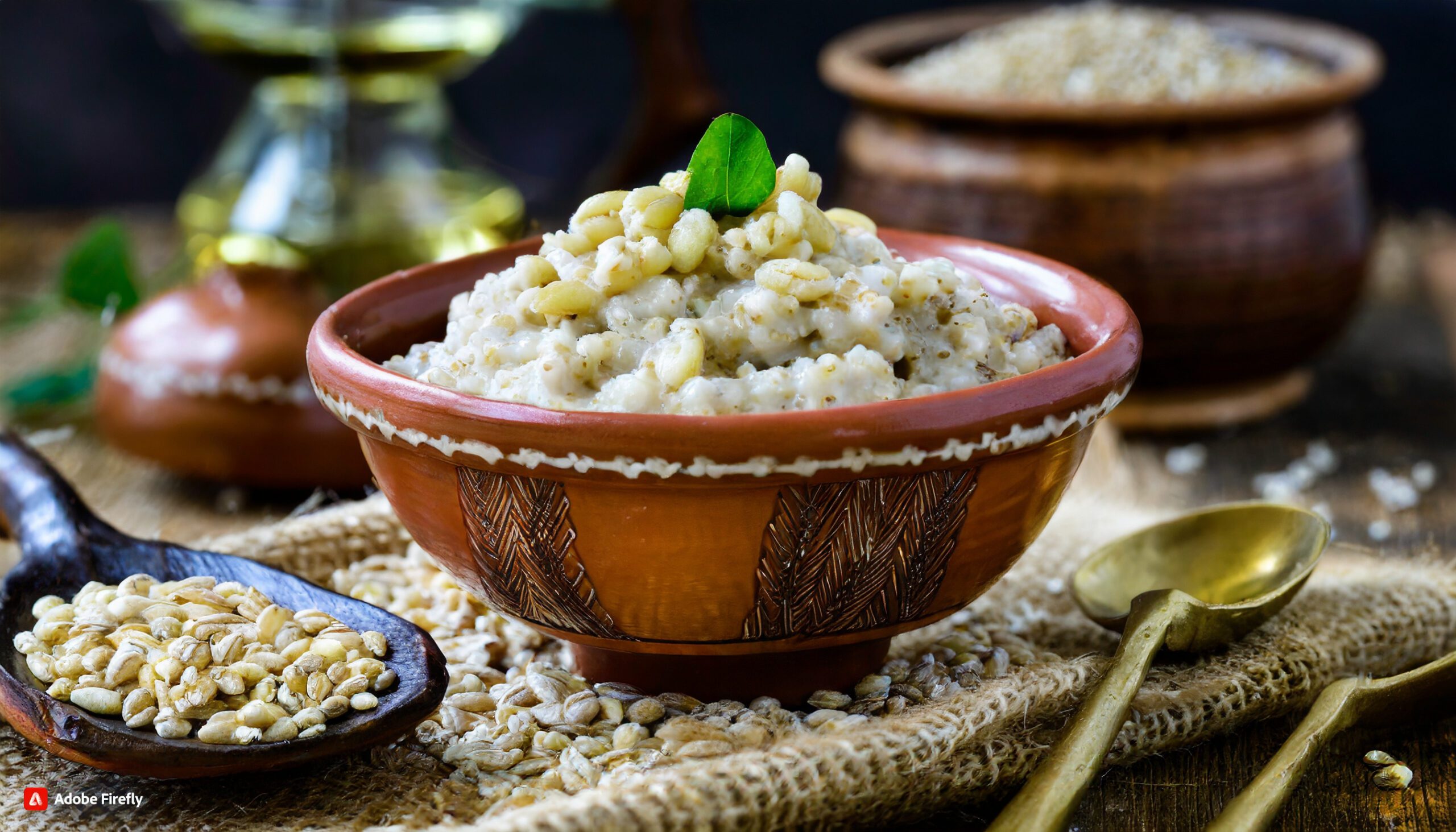
(7) Wine in Antiquity: In the ancient world, wine held a cherished place in the heart of both Roman and Greek culture. A glass of wine was often a harmonious blend of tradition and taste, mixed with water to varying degrees and enriched with aromatic spices. This cherished beverage transcended social boundaries, gracing the tables of the elite and the commoner alike. Distinct qualities of wine were crafted to cater to diverse social classes, offering a sip of indulgence or a simple moment of relaxation. Today, the enduring enchantment of wine, reminiscent of antiquity’s diverse libations, continues to unite connoisseurs across the ages.
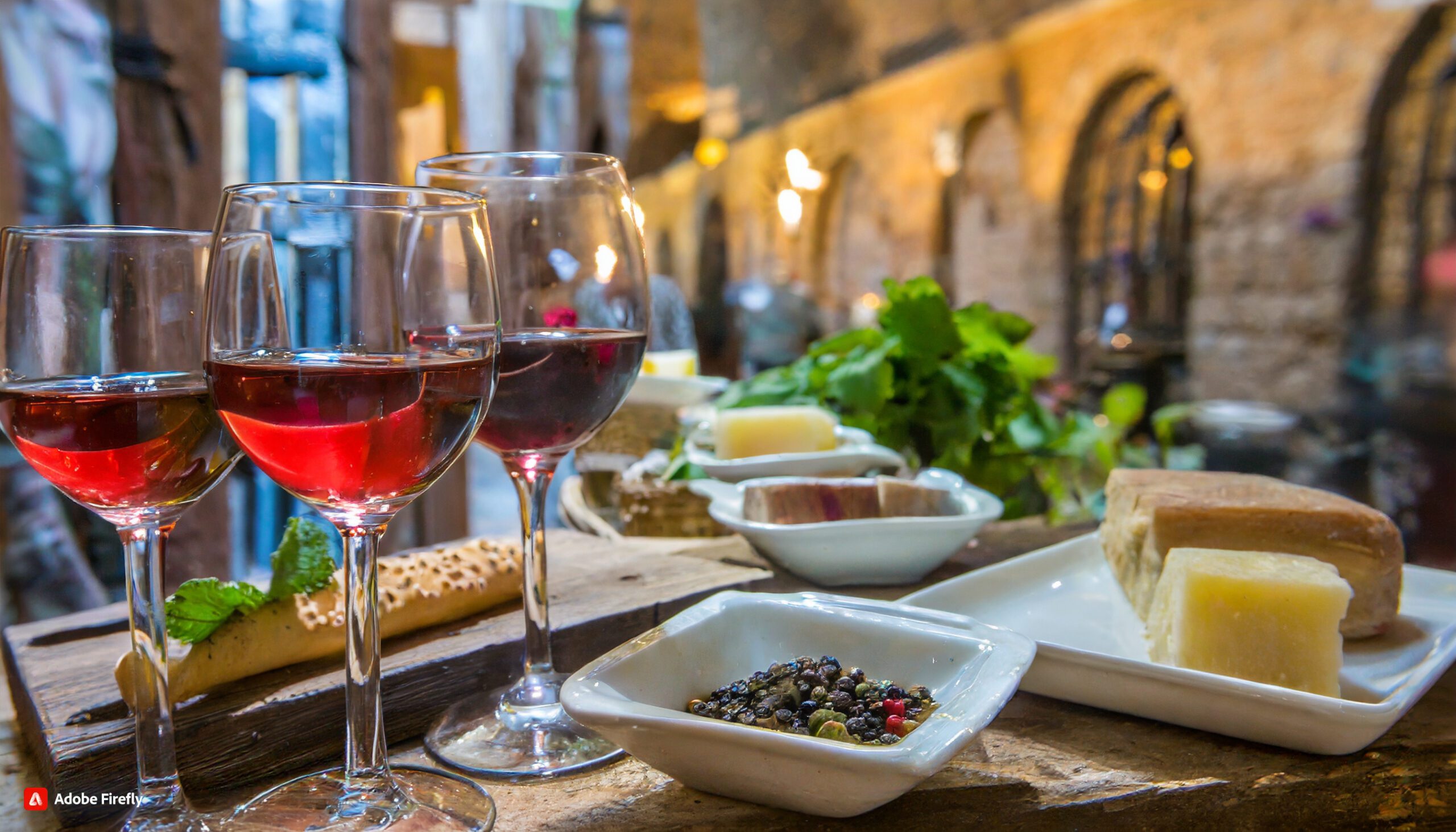
(8) Stuffed Vegetables: In the 1st century, culinary creativity extended to stuffed vegetables, a tradition that resonates with modern palates. Much like contemporary stuffed peppers or grape leaves, these delights were favored for their harmonious blend of flavors and textures. Vegetables such as bell peppers, tomatoes, and even zucchinis became edible vessels, filled with a tantalizing mixture of grains, meat, and an array of aromatic herbs. The practice of combining ingredients within the confines of a humble vegetable transcended centuries, with its echoes still heard in kitchens around the world today, celebrating the time-honored art of crafting delectable, stuffed creations.
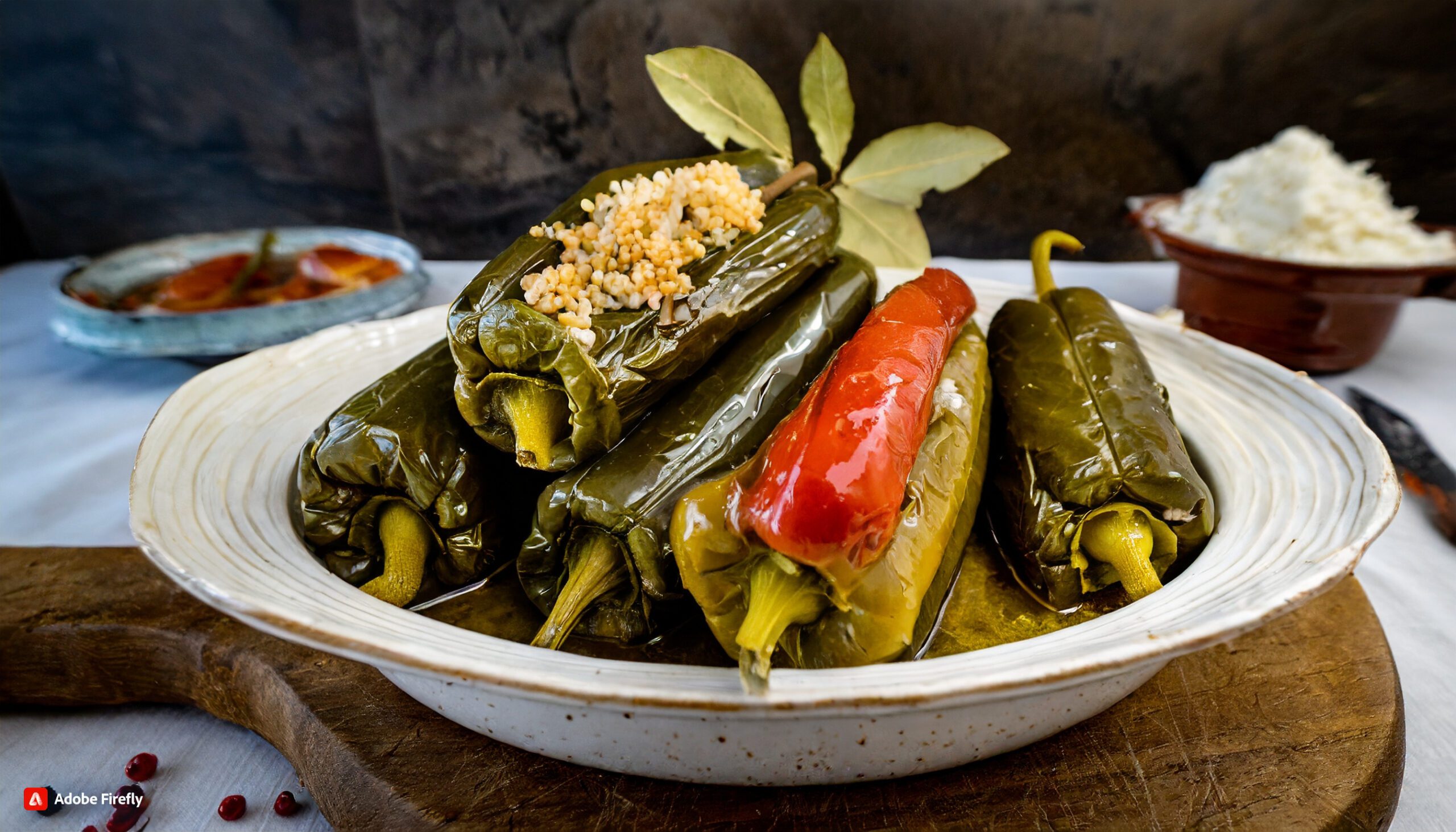
(9) Soured Milk: In the 1st century, sour milk, akin to today’s yogurt, held a revered place in the ancient dairy repertoire. Beyond its role as a refreshing beverage, it served as a versatile ingredient, enhancing the depth of flavor in both sweet and savory dishes. The tangy richness of sour milk elevated culinary creations, contributing to creamy sauces and luscious desserts, much like yogurt in contemporary cuisine. The enduring appeal of this ancient dairy tradition resonates with the way we continue to savor and employ yogurt and other cultured dairy products in modern cooking, a testament to the timeless allure of sour-milk-based delights.

(10) Salted Fish: In the 1st century, the practice of preserving fish through salting was widespread, providing both sustenance and flavor. Salted fish, a valuable source of protein, held a prominent place in ancient diets, enhancing their nutritional content and durability. Its versatility extended to various culinary creations, from hearty stews to intricate dishes. This practice, echoing the preservation techniques of centuries past, reverberates through contemporary cuisine, with salted fish continuing to be celebrated for its role in enhancing the taste and texture of a wide array of dishes, connecting modern palates with the culinary heritage of ancient times.

(11) Spelt and Lentil Stew: Spelt, an enduring staple of ancient grains, played a vital role in culinary traditions of the 1st century. Its versatility lent itself to a myriad of dishes, yet its prominence shone in hearty stews, where it mingled with nutrient-rich lentils and an assortment of vibrant vegetables. The resulting concoction was a robust, nutritious, and immensely satisfying meal, celebrated for its filling qualities. The legacy of spelt and lentil stew still thrives today, mirroring the ancient appreciation for wholesome, grain-based dishes that continue to nourish and delight contemporary palates. It stands as a testament to the timelessness of hearty, nutritious cuisine.
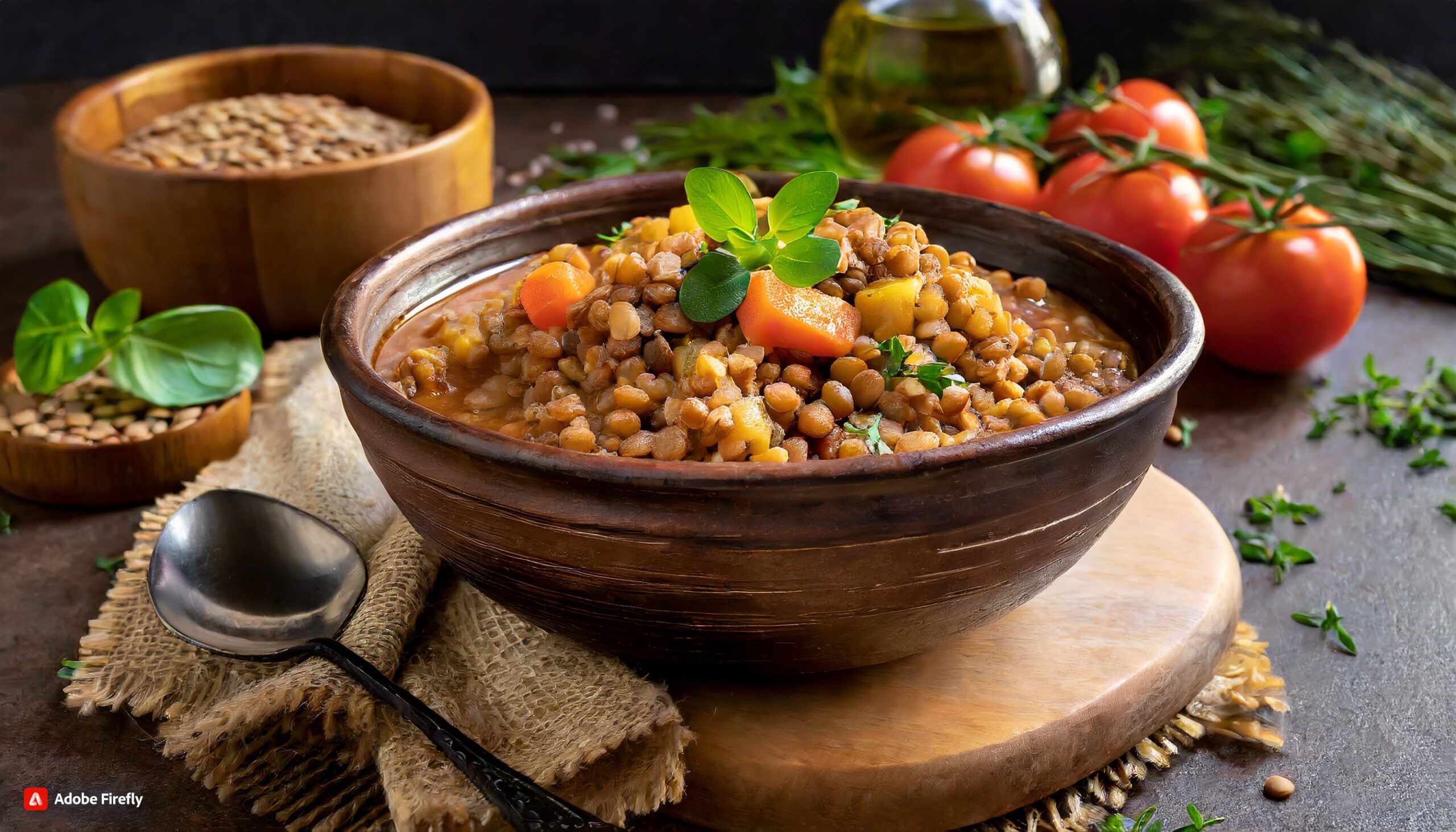
(12) Grapes and Olives: In the 1st century, the Mediterranean region celebrated the simplicity of fresh grapes and olives as delightful, nutritious snacks. These timeless treats not only offered bursts of natural flavor but also enriched an array of dishes in Mediterranean cuisines. Grapes, with their luscious sweetness, and olives, with their briny richness, added depth to salads, stews, and countless other culinary creations. Often, they were thoughtfully paired with cheese and freshly baked bread, forming a harmonious trio that still graces modern tables. The enduring charm of grapes and olives reflects the timeless pleasure of savoring the Mediterranean’s bounty, connecting us with ancient culinary traditions.
Final Words:
The cuisine of the 1st century offers a window into the culinary history of ancient cultures. These dishes, characterized by their use of local ingredients and creative techniques, laid the foundation for the diverse and flavorful cuisines we enjoy today. Exploring these ancient recipes can be both an educational and delicious experience, connecting us with the tastes and traditions of our culinary ancestors.
